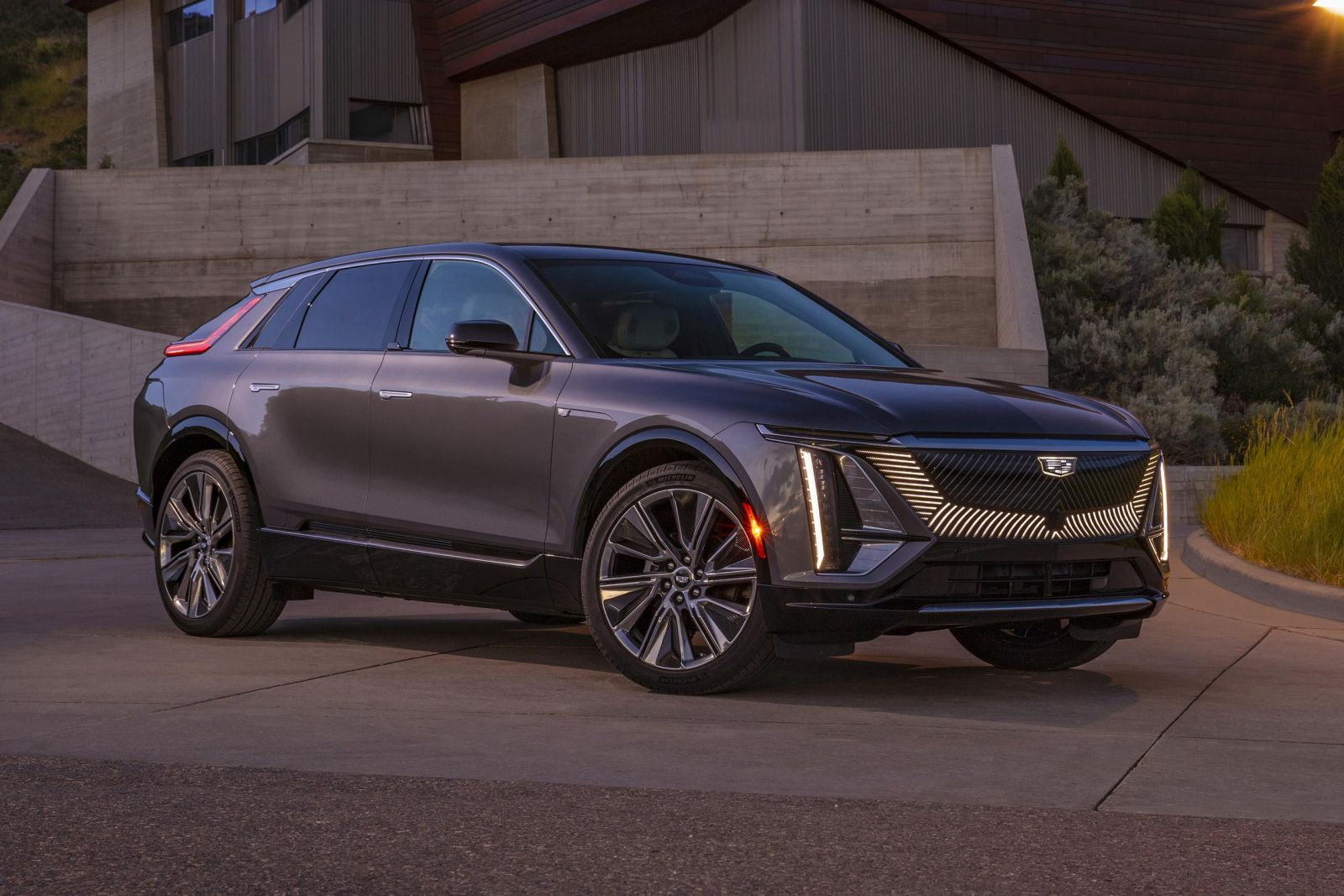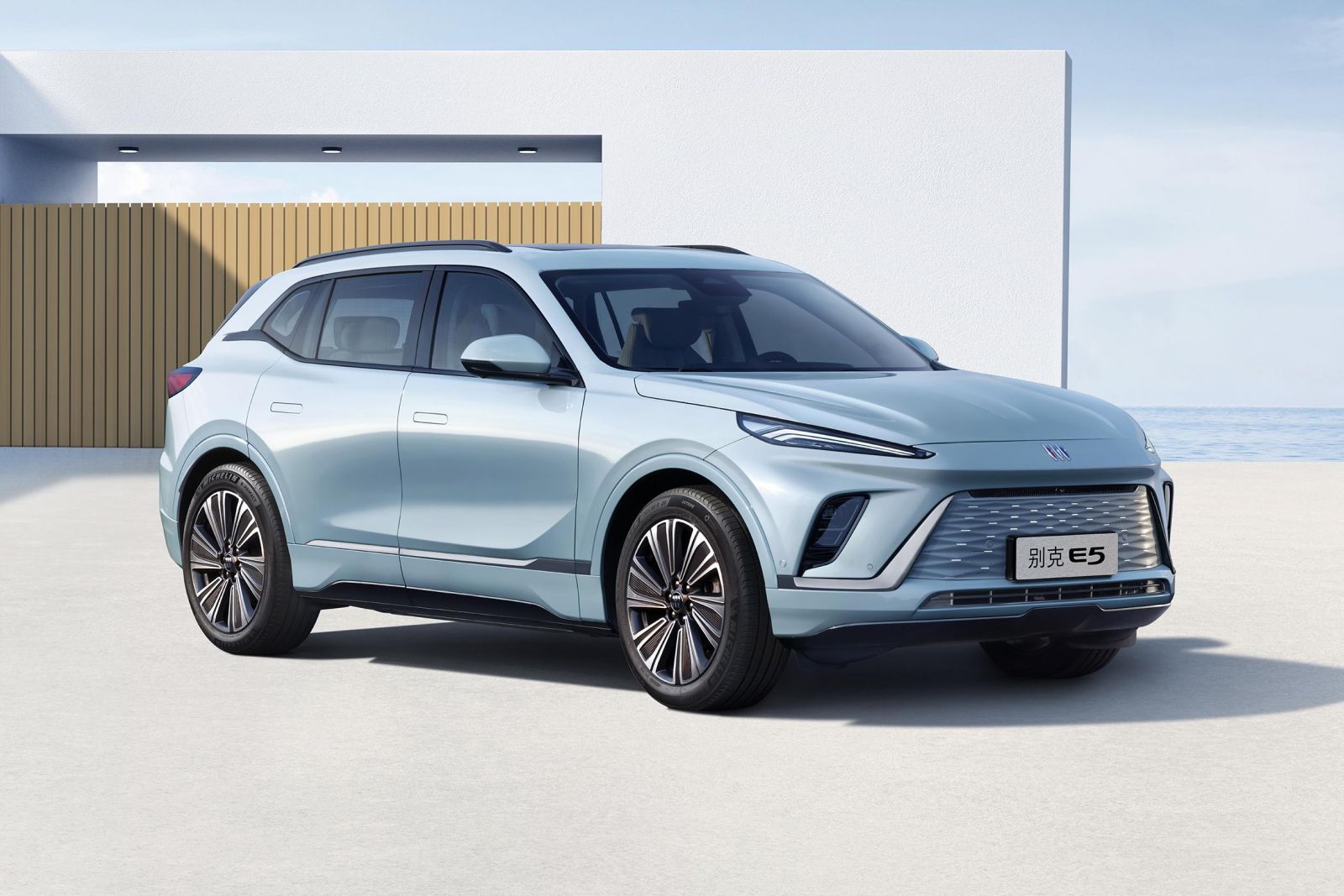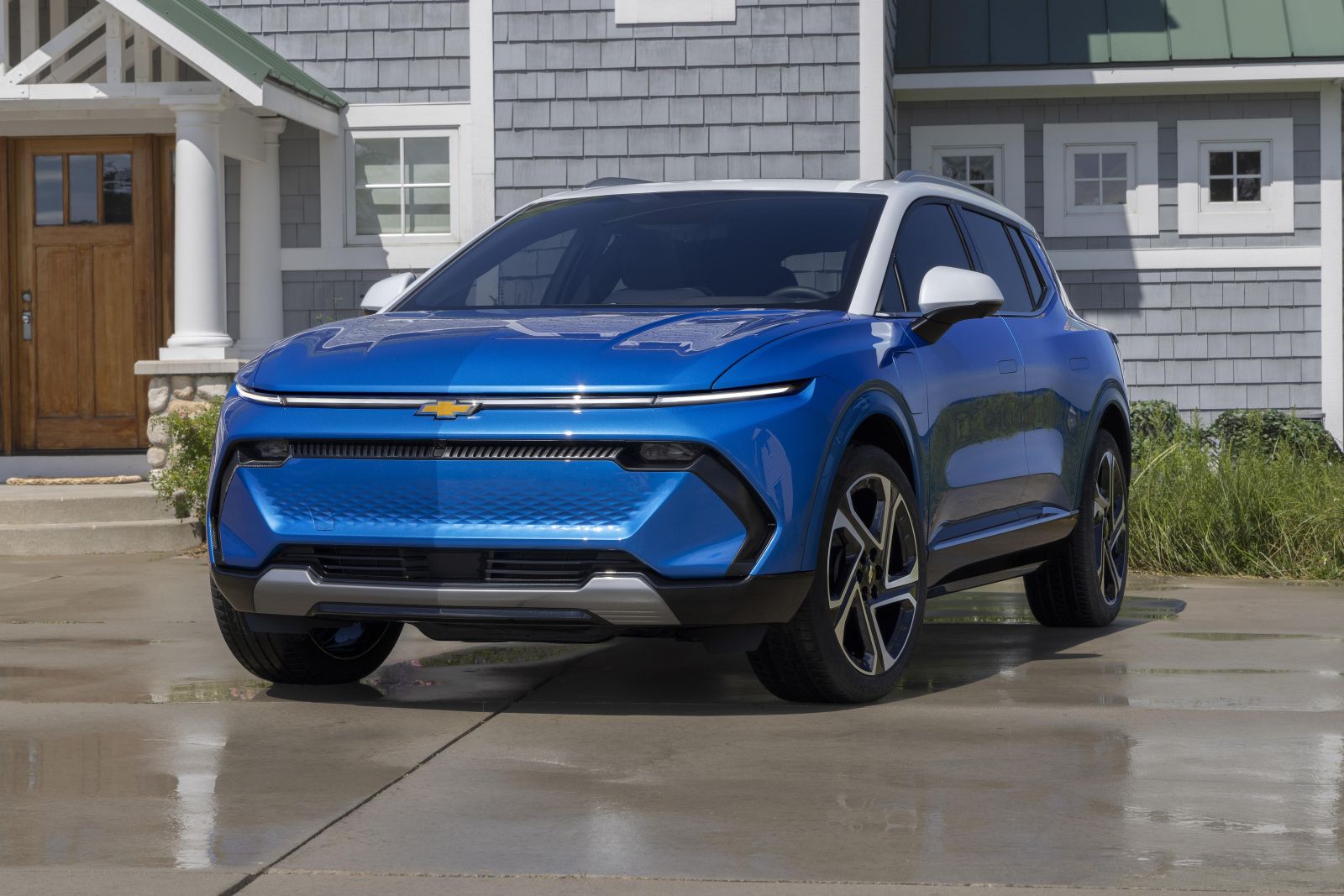General Motors CEO Mary Barra acknowledges Tesla is one or 1.5 generations ahead of other automakers when it comes to electric cars, but says the lead won’t last.
“You can catch up quickly… It doesn’t take a whole cycle to catch up to where you could say the industry leader is,” said Ms Barra at the annual Bernstein’s Strategic Decisions Conference.
“I don’t think it’s a permanent lead. We’ve seen it time and time again.”
GM has previously said it plans to catch up to Tesla in annual EV sales in the US by 2025, by which point it aims for its EVs to be profitable.
Ms Barra said Tesla is already at scale, while GM is still ramping up, and argued styling is one aspect that will help her company push past its rival once production gets up to speed.
“I would also say customers want new. They want new styling. I mean, we don’t all drive around and choose between a two-, four- or six- or eight-person unit that moves us around,” she said.
“We’re a fashion business as well and where people want a car that represents them, it has to represent their life, sometimes their livelihood.
“It’s not just ‘I can design something that is very aerodynamic, so it gives me the best battery efficiency and now everyone wants to drive that’. And so I think understanding and driving the efficiency with not just replicating today’s very complex global ICE portfolio, but really looking strategically.”
When asked about the threat of Chinese EV manufacturers like BYD as well as newer startups, Ms Barra said she takes them very seriously.
“I don’t discount any competitor. I think you do that at your own risk,” she said.
“I think, though, scale matters in our business… One of the things where we have a huge advantage is we don’t have to go find a plot of land, permit a plant, build a plant – we just modify an existing plant, and so we’re leveraging that.”
She warned there will need to be consolidation, particularly in China where she says there are over 100 EV manufacturers but only 50 per cent capacity utilisation. She also envisages more partnerships and technology sharing, like GM’s own tie-up with Honda.
“I think no one has a right to exist in this business. We have to earn our way,” she said.
“We’re very fortunate that we have a really strong internal combustion engine business that is funding our future, and we can leverage all the assets, leverage our strong brands, our customer loyalty, the industry-leading quality that we have.”
Though GM was an early adopter of electric vehicles with its 1997-99 GM EV1, the majority of these were reacquired by the company and crushed.
It re-entered the EV space in 2013 with the Spark EV compliance car, and followed it up with the purpose-built Bolt EV in 2016.
“I think we were slower than we should have been in moving to EVs, and we’ve addressed that along a number of fronts,” said Ms Barra.
It’s now discontinuing the boxy Bolt and its only recently revealed Bolt EUV crossover sibling, effectively replacing them with the new Equinox EV which will have a base price even lower than both at US$30,000 (A$45,339).
It’ll feature Ultium underpinnings like all the latest GM EVs, which are proliferating throughout the Buick, Cadillac, Chevrolet and GMC line-ups.
Ms Barra says there’s still “tremendous growth opportunity” in China in the mid- to long-term, and even within the US where she says it’s “underrepresented” on the coasts where EV penetration is highest.
Additionally, new businesses like autonomous vehicle division Cruise and BrightDrop, which will offer electric commercial vehicles for fleets, will bring new growth for the American automaker.




